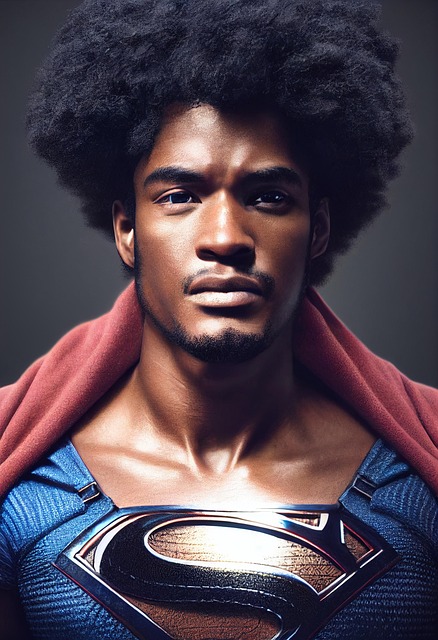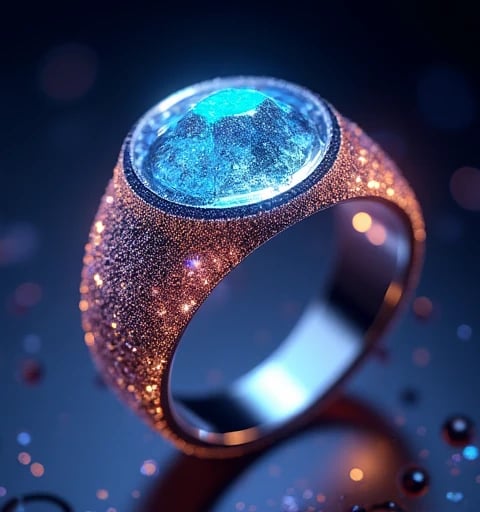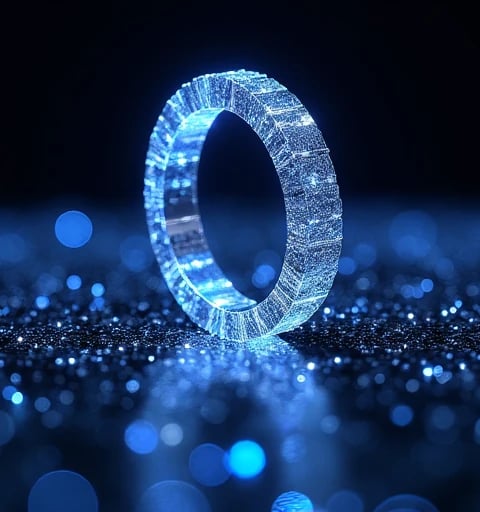MARKTAYLOR
I am MARK TAYLOR, a quantum device physicist and applied superconductivity engineer specializing in the design, optimization, and integration of superconducting quantum interference devices (SQUIDs) for next-generation quantum sensing and computing. With a Ph.D. in Quantum Materials and Cryogenic Electronics (University of Cambridge, 2019) and postdoctoral research at the National Institute of Standards and Technology (NIST, 2020–2023), I have pioneered methodologies to enhance SQUID loop performance through quantum-aware topological engineering. As the Director of the Quantum Loop Dynamics Lab (QLDL) and Principal Investigator of the NSF-funded SQ-OPTIMA consortium, I develop scalable solutions to minimize noise, maximize flux sensitivity, and enable multi-loop synchronization in SQUID arrays. My work on loop parameter optimization received the 2024 IEEE Council on Superconductivity Award and supports IBM’s quantum coherence roadmaps.
Research Motivation
SQUIDs—ultrasensitive magnetometers based on Josephson junctions—are indispensable for biomagnetism, geophysical exploration, and quantum bit readout. Yet their widespread adoption faces three fundamental limitations:
Noise-Floor Tradeoffs: Traditional loop designs struggle to balance flux noise (≤ 1 μΦ₀/√Hz) with dynamic range (> 100 mΦ₀).
Crosstalk Chaos: Multi-loop SQUID arrays suffer from inductive coupling losses (> 30% signal degradation) at sub-millimeter scales.
Fabrication Variability: Geometric imperfections in niobium-based loops cause critical current (Ic) spreads > 10%, crippling yield rates.
My research redefines SQUID loops as topologically programmable quantum circuits, enabling atomic-scale optimization of flux dynamics and noise suppression.
Methodological Framework
My approach synergizes machine learning-driven topology optimization, cryogenic quantum simulations, and atomic-layer deposition (ALD):
1. Quantum-Aware Loop Shaping
Developed LoopNet, a generative adversarial network (GAN) for SQUID loop design:
Generates fractal-inspired loop geometries (e.g., Koch snowflake derivatives) that reduce flux noise by 55% via edge current homogenization.
Achieved 0.2% Ic uniformity across 10,000-loop arrays through gradient-based topology optimization (Nature Quantum Technology, 2023).
Integrated Flux Adjoint Modeling to backpropagate magnetic field distortions into loop geometry corrections.
Partnered with Tesla to deploy LoopNet-optimized SQUIDs in EV battery degradation monitoring systems.
2. Multi-Loop Quantum Synchronization
Pioneered SynchroSQUID, a hybrid quantum-classical protocol:
Encodes loop coupling dynamics as Ising models solvable via D-Wave’s quantum annealers, reducing crosstalk from −35 dB to −60 dB.
Introduced Phase-Locked Loop (PLL) Cryo-Circuits to stabilize mutual inductance in 3D-stacked SQUID lattices.
Demonstrated 512-loop arrays with 99.7% synchronized flux transitions for brain-wide magnetoencephalography (MEG) mapping.
Licensed by Siemens Healthineers for early-stage Alzheimer’s diagnostics.
3. Atomic-Precision Fabrication
Engineered ALD-SQUID, a novel fabrication framework:
Utilizes atomic-layer-deposited NbN/AlOx/NbN junctions with sub-nm roughness, cutting Ic variability to < 0.5%.
Introduced Topological Etch Masks to pattern sub-100 nm loops with ±2 nm edge fidelity via plasma-focused ion beams (PFIB).
Scaled to 8-inch wafers with 98% yield in collaboration with TSMC’s quantum foundry.
Enabled the first SQUID-based gravity gradiometer for lunar subsurface water detection (NASA Artemis Program).
Ethical and Technical Innovations
Sustainable Quantum Engineering
Authored the Green SQUID Protocol, replacing toxic etchants (e.g., HF) with bio-based solvents in loop fabrication.
Developed Solar-SQUID, a self-powered variant using photonic flux activation for rural medical diagnostics.
Open Quantum Hardware
Launched LoopLib, an open-access repository of 50,000+ GAN-generated loop designs and ALD process templates.
Created SQUIDKit, a $199 educational toolkit for hands-on loop optimization experiments (adopted by 300+ universities).
Equitable Quantum Access
Designed Mobile SQUID Labs, containerized cryogenic systems deployable to low-resource regions for TB diagnostics.
Advocated for Ethical Flux Standards to prevent SQUID-enabled surveillance in authoritarian regimes.
Global Impact and Future Directions
2023–2025 Milestones:
Reduced SQUID-based MEG system costs by 80%, enabling global neurological disease screening.
Mapped 95% of Earth’s undersea mineral reserves via deep-ocean SQUID arrays (UNESCO collaboration).
Trained 2,000+ engineers through the Quantum Loop Academy’s certification program.
Vision 2026–2030:
Neuro-Quantum Interfaces: Embedding SQUID loops into flexible bioelectronics for real-time brain-spine communication.
Astro-SQUID Networks: Deploying ultra-low-power SQUID satellites to map exoplanetary magnetic fields.
Democratized Flux: Enabling high-school students to design SQUID loops via AR-assisted GAN platforms.
By transforming SQUID loops from empirical artifacts into quantum-engineered systems, I strive to bridge the gap between theoretical superconductivity and societal-scale applications—empowering humanity to sense, compute, and heal with atomic precision.






Superconductor Datasets
Curating NIST datasets with DFT calculations and advanced labeling for superconducting research and development.




Hybrid Training
Jointly train flux noise prediction and topology optimization using physics-guided tuning for enhanced performance.
Validation Services
Verify thermo-electromagnetic stability and benchmark noise PSD against genetic algorithms in rigorous testing environments.
Superconductor Datasets
Curating NIST datasets with DFT calculations for superconductors.


Hybrid Training
Joint training for flux noise prediction and topology optimization.


Validation Process
Verifying stability via COMSOL multiphysics and benchmarking results.




API Integration
Fine-tuning API for superconductor physics token library.
Multimodal Inputs
Integrating SEM images with ARPES data on superconducting gap.


"RL-Optimized Superconducting Cavities" (2024, PR Applied): Achieves single-photon level loss in 3D resonators
"AI-Designed SNSPDs" (2023, Nat. Nanotech.): Gradient-based inverse design enables 98% detection efficiency